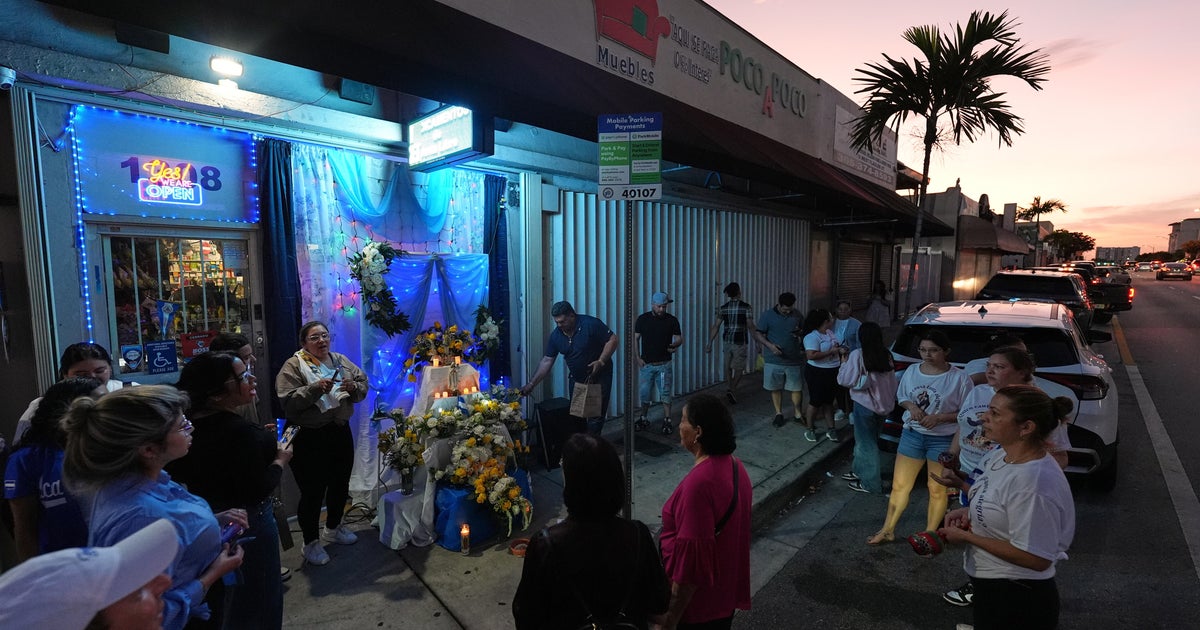MIAMI (CBSMiami) — The days are counting down to the start of South Florida’s rainy season.
The season officially kicks off on May 15th and runs through October 15th. Moisture surges back to the area at a significantly higher amount and that helps to fire up daily showers and thunderstorms.
READ MORE: Thomas James, Who Spent 30 Years In Prison For Crime He Did Not Commit, Gets Brightline Wish
The meteorologists at the National Weather Service office in Miami are forecasting for near normal rainfall throughout the season with an average flood risk for South Florida.
South Florida receives about 70% of its annual rainfall during the season with an average rainfall amount between 35″ to 45″, however, rainfall totals are highly dependent on any tropical activity that may end up impacting our local area.
(CBS4)
On a typical day in the rainy season, thunderstorms typically pop up after daytime heating in the afternoon hours overland. Then at night, storms develop offshore and generally stay over the Atlantic waters.
READ MORE: Miami Couple Expands Search For Their French Bulldog That May Have Been Stolen: ‘I Just Want Him Back’
When it comes to the temperature outlook, the forecast calls for above-normal temperatures during the rainy season. The forecasters are expecting an average of 0.5 to 1 degree warmer than normal each month.

(CBS4)
The main impacts and hazards that come with the rainy season are lightning, severe storms, tornadoes, flooding, and waterspouts.
Lightning-related deaths occur in South Florida by an average of 2 deaths per year and 9 injuries per year. The peak of severe storms and tornado season in South Florida is from May through August.
MORE NEWS: Railroad Safety Takes Center State After Recent South Florida Car vs. Train Collisions
On average, there are 8 to 10 flood events and heavy rain-related damage events each year. Lastly, waterspouts are common during the rainy season with an average of 25-35 waterspouts per year.



